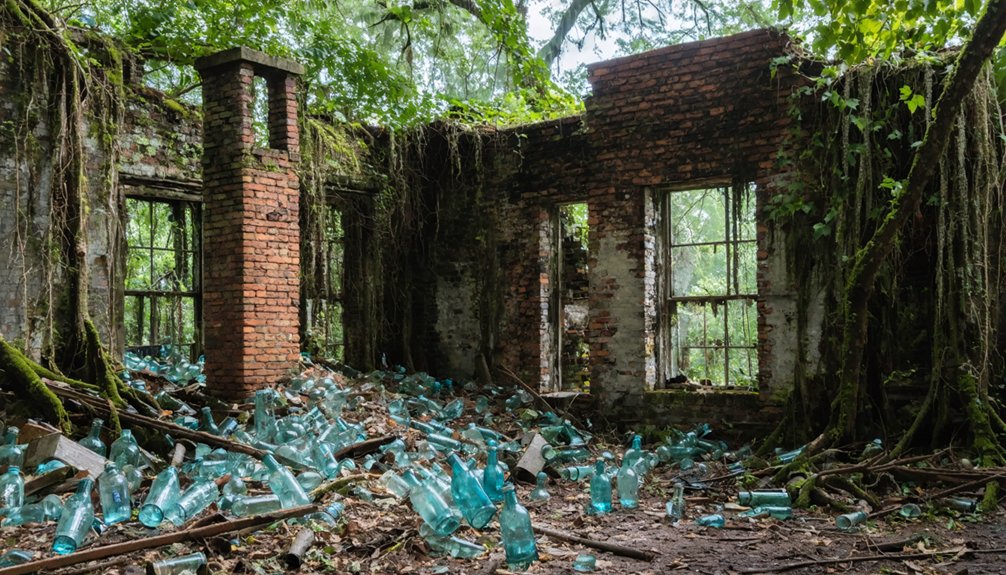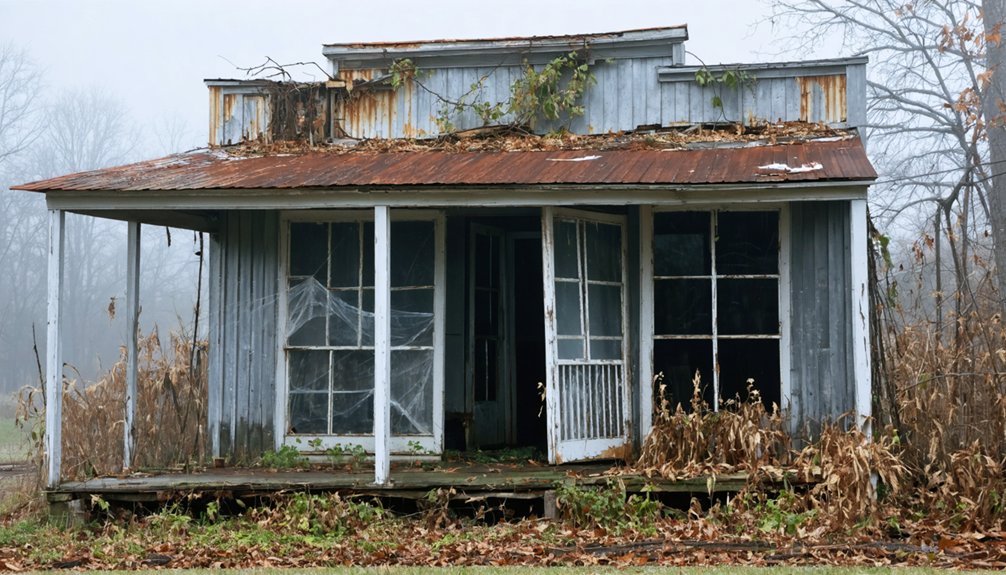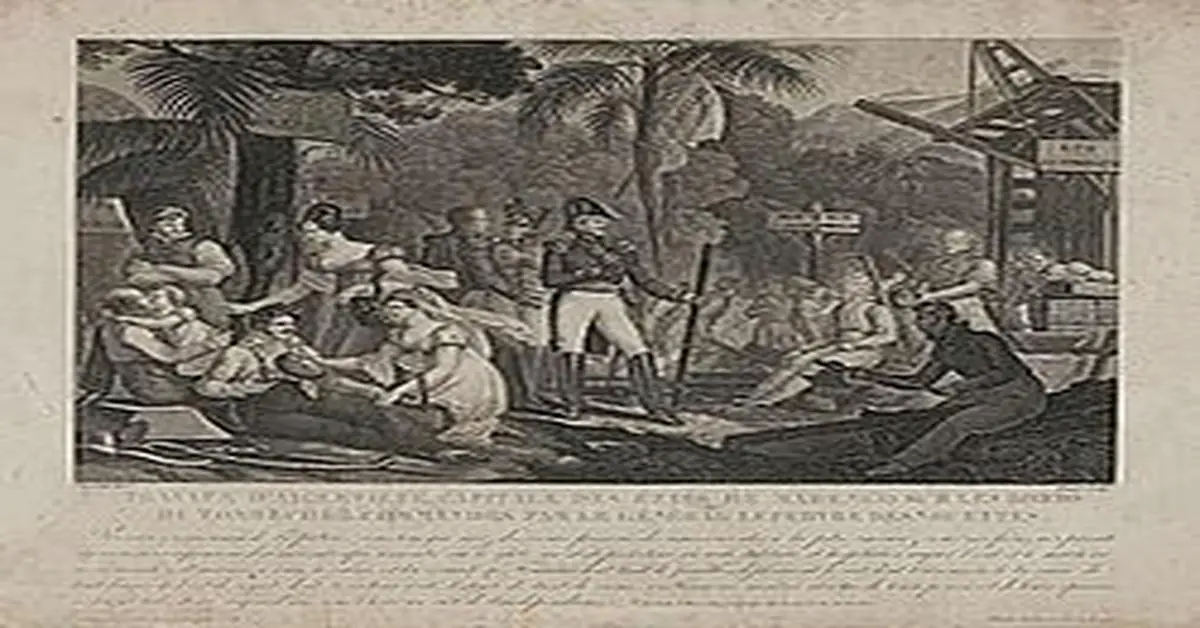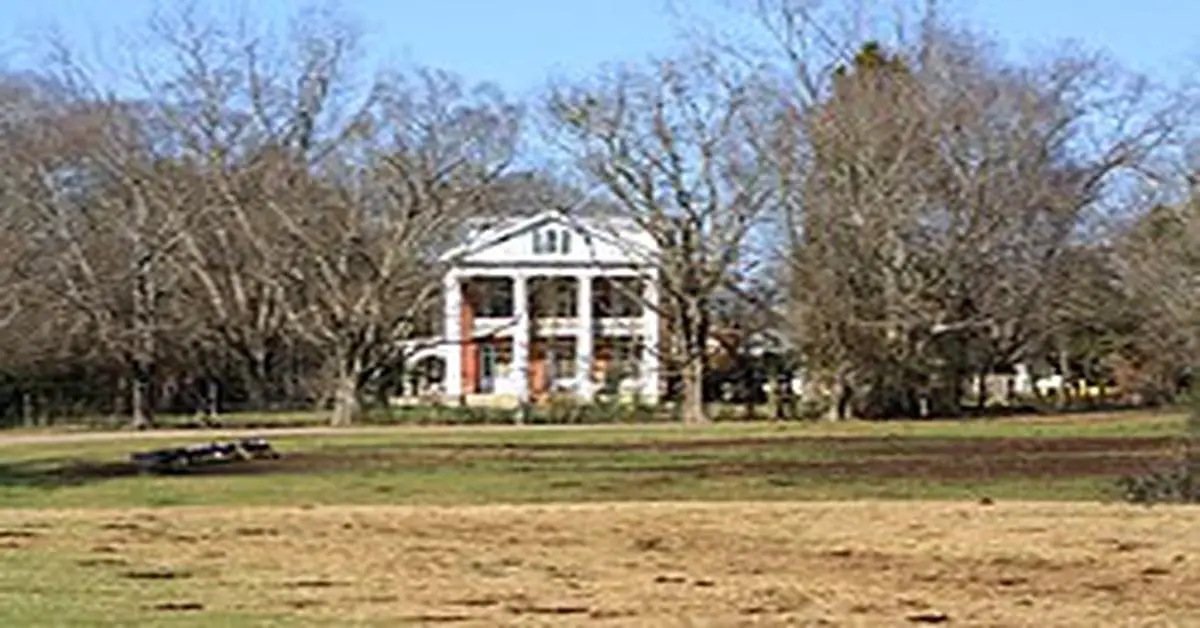You’ll find Massillon’s ghost town remnants along the Alabama River, where this once-bustling 19th-century port settlement facilitated essential agricultural trade. The town thrived through steamboat commerce and crop payments until the Civil War, floods, and shifting transportation routes led to its decline. Today, excavations have uncovered artifacts from the 1870s-1930s, including glass bottles and porcelain doorknobs, while foundation stones and forgotten pathways tell stories of this abandoned riverside community.
Key Takeaways
- Massillon was once a thriving river port settlement along the Alabama River that facilitated agricultural trade through steamboat commerce.
- A devastating flood in 1865 destroyed vital infrastructure and displaced residents, contributing significantly to the town’s decline.
- The Civil War’s destruction of railroad infrastructure and post-war economic struggles led to Massillon’s decreased commercial importance.
- Archaeological excavations have uncovered artifacts from 1870-1930s, including glass bottles and building foundations along the riverbank.
- The town’s abandonment resulted from shifting transportation routes and economic patterns away from river commerce in the mid-20th century.
The Rise of a River Port Settlement
Three key factors propelled Massillon’s emergence as an essential river port settlement in early 19th century Alabama: its strategic position along the Alabama River, its role in agricultural commerce, and its location within former Creek territory.
You’ll find that Massillon’s river trade flourished as a crucial transfer point connecting inland producers to coastal markets through the Mobile River system. The port’s significance grew as farmers brought their agricultural exports, particularly grains and wheat, to be shipped via riverboats and flatboats.
Cash payments for crops drew producers from surrounding areas, establishing Massillon as a commercial hub. Similar to Fort Tombecbe, Massillon’s location along the river served both commercial and strategic purposes. The wealthy planters established large cotton operations nearby, transforming the region’s agricultural landscape. The settlement’s infrastructure expanded with warehouses and docking facilities, while steamboats navigated the Alabama and Tombigbee Rivers, cementing the port’s position in the region’s economic landscape.
Life Along the Alabama River
While Native American communities had long established their presence along the Alabama River, European influence emerged through English traders’ deerskin commerce as early as 1687.
You’d have witnessed French colonists establishing strategic outposts like Fort Louis and Fort Toulouse, fundamentally altering Native lifestyles through trade relationships and military alliances. French, English, and Spanish powers competed for control, building fortifications and forging alliances with Creek and Choctaw peoples. Similar to James Duncan’s business, many settlers developed successful trading posts and manufacturing operations along the river.
River navigation proved essential to early settlers’ survival, with flatboats and steamboats carrying goods between trading posts. The development of shallow bottom boats allowed residents to bypass traditional trading posts and access goods directly upriver.
You’d have found life challenging in these riverside settlements, where yellow fever epidemics and frequent flooding shaped community development. Disease, warfare, and land cessions gradually reduced Native American populations, while European-American settlers increasingly moved inland from the vulnerable river locations.
Economic Shifts and Transportation Changes
Economic prosperity in Massillon followed the familiar boom-and-bust pattern seen across Alabama’s ghost towns.
Like Cahawba and Battelle, you’ll find that Massillon’s economic resilience was severely tested by changing industrial landscapes and transportation evolution. The town’s fate mirrored other communities that relied heavily on river commerce and rail connections for survival.
When critical transportation infrastructure deteriorated, including rail removal and compromised river landings, Massillon’s commercial significance began to wane. The removal of iron rails during wartime, as occurred in Cahawba, crippled the region’s vital transport networks.
Similar to Beaver Mills, the town served as an important shipping point for agricultural products until its decline. Unlike its Ohio namesake, which successfully diversified its industrial base and implemented flood control measures, Massillon, Alabama couldn’t overcome the combined challenges of natural disasters and economic competition.
The loss of reliable transport routes effectively sealed the town’s fate, making it increasingly difficult to sustain trade and maintain essential economic connections with larger market centers.
The Path to Abandonment
You’ll find Massillon’s decline directly linked to shifting economic patterns that pulled commerce and industry away from this once-bustling Alabama town.
Like the first capital of Alabama, this settlement faced challenges that ultimately led to its abandonment.
When major transportation routes changed course away from the area in the mid-20th century, businesses and residents gradually began relocating to better-connected communities.
The combined effects of economic downturn and transportation isolation created a spiral of abandonment that would ultimately transform Massillon into the ghost town you can visit today. Similar to the navigation and guidance principles used to direct travelers to their destinations, the town’s original pathways now serve as historical markers of its former vitality.
Economic Forces Behind Decline
As the Civil War’s devastating aftermath unfolded, Massillon’s path toward abandonment began with several crushing economic blows that proved insurmountable for the once-thriving community.
The war’s impact struck at the heart of the town’s commerce when Confederate forces stripped away essential railroad infrastructure, leading to severe market limitations that isolated local businesses from broader trade networks.
Like many of today’s declining urban areas, Massillon’s economic challenges proved too difficult to overcome, leading to widespread population loss.
A catastrophic flood in 1865 accelerated the town’s economic deterioration, destroying vital infrastructure and displacing residents.
You’d have witnessed the town’s lifeblood – its cotton economy – wither as post-war agricultural struggles and plummeting cotton prices crippled local farmers.
The loss of the county seat to neighboring towns in 1866 dealt another devastating blow, as government jobs and services vanished.
Economic isolation intensified as freed slaves struggled to establish new livelihoods amidst discrimination and lack of capital, ultimately sealing the town’s fate.
Transportation Routes Shift Away
While early transportation routes like Gaines’ Trace and Andrew Jackson’s Military Road once positioned Massillon as a vital waypoint, the town’s destiny shifted dramatically when newer transportation networks bypassed its borders.
The historical significance of Massillon’s transportation evolution reveals how quickly fortunes can change in America’s development:
- The rise of railroads diverted commercial traffic away from old military and stagecoach routes, isolating Massillon from emerging trade networks.
- Loss of the Toll Gate post office and stagecoach stop eliminated essential communication and travel services.
- Relocation of the courthouse to Hamilton in 1883 redirected administrative traffic elsewhere.
- Railroad companies’ strategic decisions to route lines through other towns sealed Massillon’s fate.
You can trace the town’s decline through these transportation shifts, which ultimately stripped away its role as a regional hub.
Archaeological Discoveries and Remnants

Archaeological excavations of Massillon’s riverbed have yielded an extensive collection of artifacts dating from the 1870s through the 1930s, including glass bottles, porcelain door knobs, and musical instruments.
You’ll find evidence of the town’s industrial past in the remnants of lumber mill structures, identified through scattered tongue and groove wood pieces and foundational elements exposed by flooding.
The architectural footprint of the community emerges through building foundations and structural remains, which you can trace alongside the riverbank where flood waters have revealed previously buried portions of the ghost town’s infrastructure.
Recent Site Excavations
Recent excavations at Massillon’s ghost town site have revealed fascinating insights into the community’s past through careful archaeological work.
Using advanced excavation techniques like ground-penetrating radar, archaeologists have uncovered hidden structures and artifacts that tell the story of daily life in this once-thriving town. Community involvement has been essential, with local volunteers participating in carefully planned digs and educational workshops.
- Ground surveys have identified several previously unknown building foundations beneath the soil.
- Artifacts discovered include period-specific tools, household items, and personal effects.
- Digital documentation methods are preserving findings for future generations.
- Local historical societies are partnering with archaeologists to properly catalog and store discoveries.
The excavation work continues to unearth new evidence about Massillon’s history, with each discovery adding to our understanding of this abandoned community.
Building Foundation Analysis
Through extensive foundation analysis at Massillon’s abandoned site, researchers have documented a rich array of structural remains that illuminate the town’s architectural heritage.
You’ll find foundations primarily built from locally-sourced brick and stone, showcasing the common structural techniques of early 19th-century Alabama construction. The foundation materials reveal skilled masonry practices, with evidence of mortar use and metal reinforcements in select buildings.
When you explore the site, you’ll notice how flooding and river erosion have exposed many original foundation layers, offering glimpses into multiple rebuilding phases.
The foundations’ layout matches historic street maps, with larger structural footprints clustered near former economic centers. Fire damage and weathering on foundation stones tell the story of the town’s gradual decline and abandonment.
Exploring Massillon Today
Modern-day exploration of Massillon presents unique challenges for history enthusiasts and ghost town researchers.
Exploring the vanished community of Massillon demands persistence, resourcefulness and keen investigative skills from dedicated historical researchers.
While its coordinates at N32°26.279′ provide a starting point, you’ll need to rely on historic maps and careful ground reconnaissance to uncover any remaining traces of this forgotten Dallas County settlement.
The site’s historical significance lies in its role during Alabama’s early statehood period, though specific details remain elusive.
- Consult the nine available historic maps before your visit to identify potential building locations.
- Bring GPS equipment to mark and document any discoveries.
- Consider metal detecting to locate artifacts, following local regulations.
- Document your findings through photographs and detailed notes to contribute to historical records.
Frequently Asked Questions
Are There Any Legends or Ghost Stories Associated With Massillon?
You won’t find documented ghostly encounters or local folklore linked to this location. Historical records and archival research haven’t revealed any supernatural tales or legends worth exploring there.
What Happened to the Residents After They Left Massillon?
You’ll find Massillon’s residents scattered primarily throughout Dallas County, with many moving to Selma and Montgomery. They took up farming, trades, or established businesses in more economically viable neighboring communities.
Can Visitors Legally Explore the Site Without Special Permission?
You can’t legally explore without permission since exploration regulations indicate it’s likely private property. For your safety and legal protection, you’ll need to obtain landowner consent before visiting.
Were Any Important Historical Artifacts Recovered From Massillon?
Like buried treasure from a forgotten time, you’ll find significant excavation discoveries including rare medicine bottles, an old carbide miner’s lantern, and domestic artifacts spanning from the 1860s through 1920s.
Did Any Major Civil War Battles or Events Occur in Massillon?
You won’t find any major Civil War battles or significant military history in Massillon. Historical records and battle registries don’t show any combat activity taking place in this location during the conflict.
References
- https://en.wikipedia.org/wiki/Cahaba
- https://theforgottensouth.com/fambro-arthur-house-cahawba-alabama/
- https://www.youtube.com/watch?v=R7CbEhIOwnE
- https://pastmaps.com/explore/us/alabama/dallas-county/massillon/hiking-exploration
- https://digitalalabama.com/article/alabama-ghost-towns/page/2
- https://freepages.history.rootsweb.com/~gtusa/usa/al.htm
- https://digitalalabama.com/alabama-ghost-towns/dallas-county-alabama-ghost-towns/47704/
- https://en.wikipedia.org/wiki/List_of_ghost_towns_in_Alabama
- https://massillonohio.gov/residents/about-massillon/city-history/
- https://encyclopediaofalabama.org/article/french-in-alabama-1699-1763/


